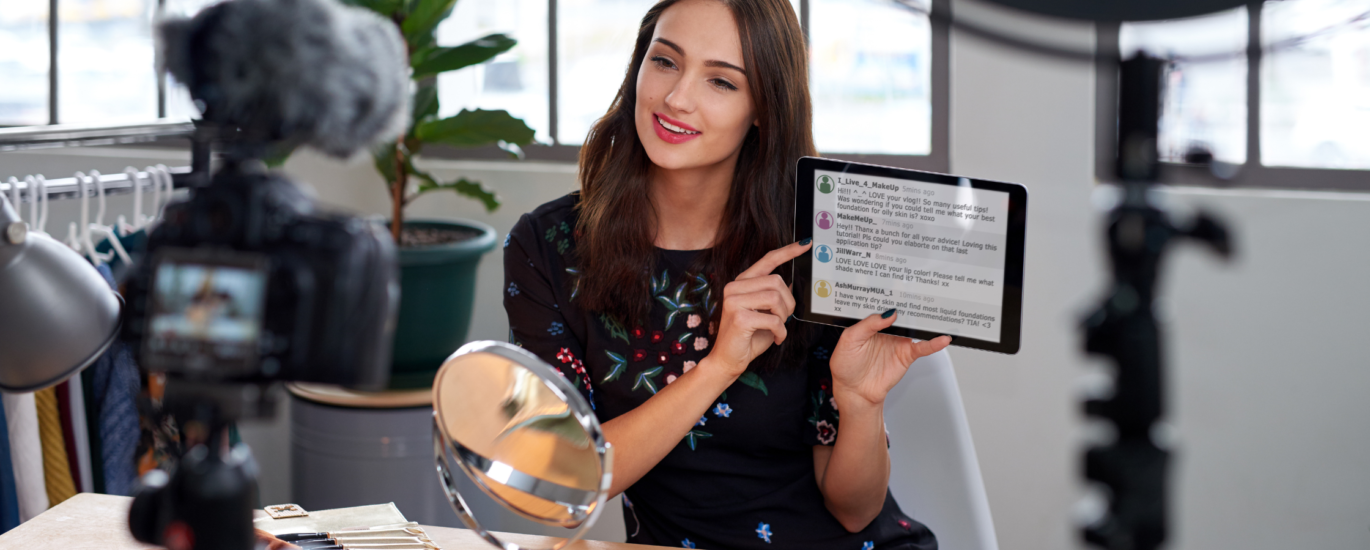Introduction: The Evolution of Influencer Marketing
As we approach 2025, the digital marketing landscape continues to evolve rapidly, with brands increasingly prioritizing authenticity and measurable returns. In this dynamic environment, micro-influencer campaigns have emerged as a cornerstone strategy for cost-effective brand growth. Unlike traditional celebrity endorsements or macro-influencer partnerships, micro-influencers—typically defined as individuals with 10,000 to 100,000 followers—offer a unique blend of niche expertise, high engagement, and relatability. This blog explores why micro-influencers will dominate marketing strategies in 2025, how brands can leverage their potential, and the innovations shaping this space.
What Are Micro-Influencers?
Micro-influencers are content creators who cultivate dedicated communities around specific interests, from sustainable fashion to tech gadgets. Their smaller, more focused audiences allow for deeper connections compared to macro-influencers (100,000–1M followers) or celebrities. For instance, a micro-influencer in the vegan food niche might share detailed recipes and product reviews, fostering trust through genuine interactions. In 2025, this authenticity will remain their superpower as consumers increasingly reject overly polished ads in favor of raw, relatable content.
Why Micro-Influencers Drive Results in 2025
- Trust and Credibility: A 2024 Influencer Marketing Hub report found that 82% of consumers trust recommendations from micro-influencers more than branded content. By 2025, this trust will deepen as audiences prioritize transparency, especially among Gen Z and millennials.
- Higher Engagement Rates: Micro-influencers boast engagement rates of 3-7%, dwarfing the 1-3% seen with macro-influencers. Their ability to respond to comments and personalize content fosters loyalty.
- Niche Audience Targeting: Brands can tap into hyper-specific demographics, such as eco-conscious parents or gaming enthusiasts, ensuring messages resonate deeply.
The Cost-Effectiveness of Micro-Influencer Campaigns
Micro-influencers deliver exceptional ROI due to lower costs and higher conversion potential. Key advantages include:
- Lower Fees: Charging $100–$500 per post (vs. $5,000+ for macro-influencers), micro-influencers allow brands to diversify budgets across multiple creators.
- Authentic Advocacy: Followers view micro-influencers as peers, making product recommendations feel organic. A 2023 study by Later revealed micro-influencer campaigns yield 60% higher conversion rates than traditional ads.
- Scalability: Brands can run parallel campaigns with dozens of micro-influencers, testing messages and optimizing in real time.
For example, a skincare startup might collaborate with 20 micro-influencers specializing in clean beauty, generating widespread awareness without overspending.
Strategies for Success in 2025
- Leverage AI and Data Analytics:
Advanced tools like Creator IQ and Tracker will help brands identify influencers whose audiences align with their target demographics. Predictive analytics will forecast campaign performance, optimizing spend. - Focus on Nano and Micro-Influencer Networks:
Combining nano-influencers (1K–10K followers) with micro-influencers creates a grassroots ripple effect. Glossers’ 2019 strategy, which relied on user-generated content, will evolve into decentralized communities in 2025. - Embrace Emerging Platforms and Formats:
Platforms like TikTok, Instagram Reels, and emerging apps (e.g., Byte or Geneva) will dominate. Short-form video, AR filters, and interactive polls will drive engagement. - Prioritize Long-Term Partnerships:
Instead of one-off posts, brands will build year-long collaborations, as seen with fitness app Fit Plan and micro-influencers who document their wellness journeys. - Integrate Social Commerce:
Shoppable posts and live-stream shopping events will shorten the customer journey. Imagine a micro-influencer hosting a live Q&A while showcasing a brand’s new product line.
Case Studies: Micro-Influencers in Action
- Case Study 1: Eco-Friendly Apparel Brand
A sustainable clothing company partnered with 30 micro-influencers in 2024 to promote its recycled activewear line. Using Instagram Stories and TikTok tutorials, the campaign generated a 200% ROI and a 25% increase in website traffic. By 2025, such campaigns will incorporate VR fitting rooms to enhance user experience. - Case Study 2: Local Coffee Roastery
A regional coffee brand collaborated with foodie micro-influencers to create “morning routine” content. Geo-targeted posts drove a 40% uptick in foot traffic to their cafes, showcasing the power of hyper-local campaigns.
Challenges and Solutions
- Challenge 1: Saturation in Popular Niches
Solution: Brands must dig deeper into sub-niches (e.g., “zero-waste travel” instead of general sustainability) and use AI to discover underserved audiences. - Challenge 2: Measuring ROI
Solution: Invest in UTM parameters and affiliate codes to track conversions. Platforms like Impact.com offer centralized dashboards for real-time analytics. - Challenge 3: Maintaining Authenticity
Solution: Encourage creative freedom and avoid overly scripted briefs. Patagonia’s “Worn Wear” campaign thrived by letting influencers share personal stories of their gear.
The Future Beyond 2025
Looking ahead, micro-influencer marketing will integrate with Web3 technologies. Decentralized platforms could allow fans to invest in their favorite creators, while blockchain ensures transparent compensation. Virtual influencers like Lil Miquel may collaborate with human micro-influencers, blending digital and real-world appeal.
Conclusion: Embrace the Micro-Influencer Revolution
In 2025, micro-influencer campaigns will remain a linchpin for brands seeking cost-effective, authentic growth. By leveraging data-driven strategies, emerging technologies, and genuine partnerships, companies can build lasting connections with discerning audiences. The time to act is now—start identifying your niche, experiment with creative formats, and foster relationships that resonate in the years to come.





